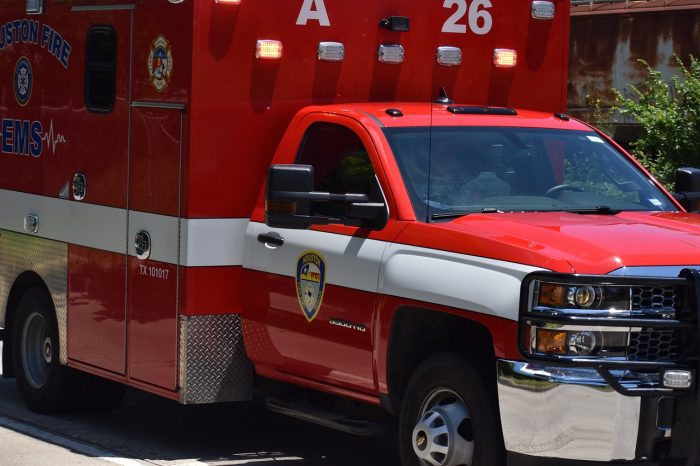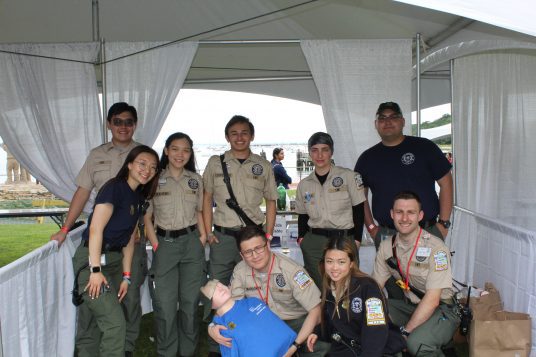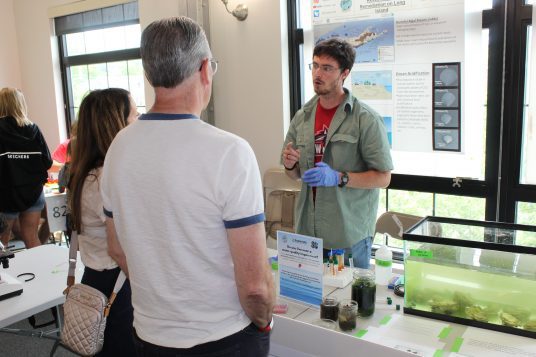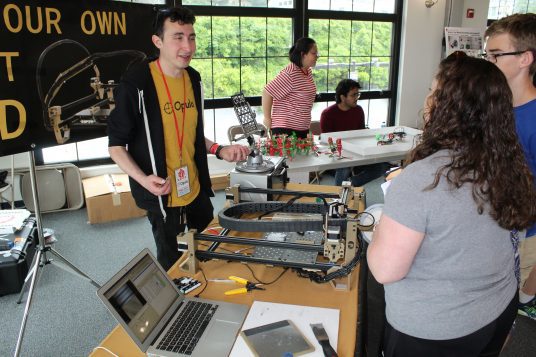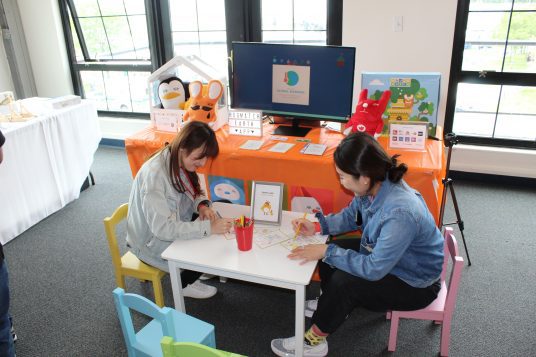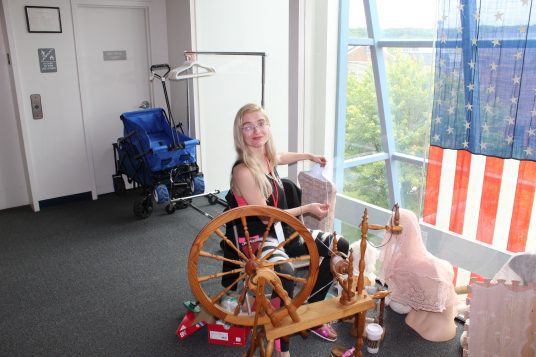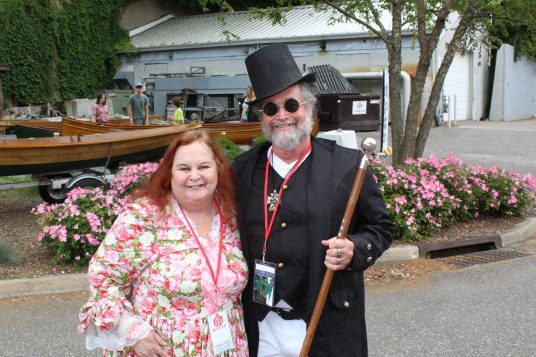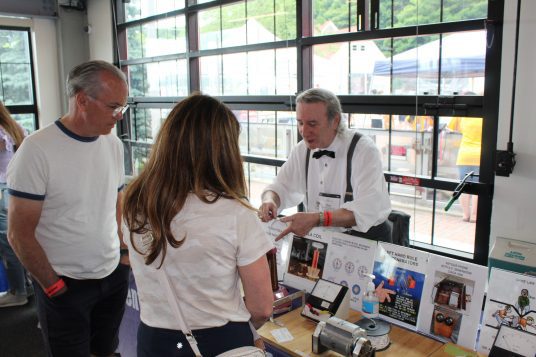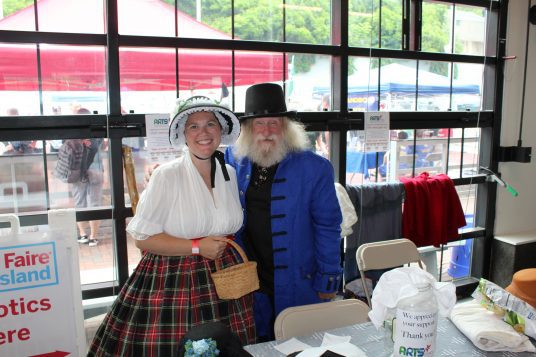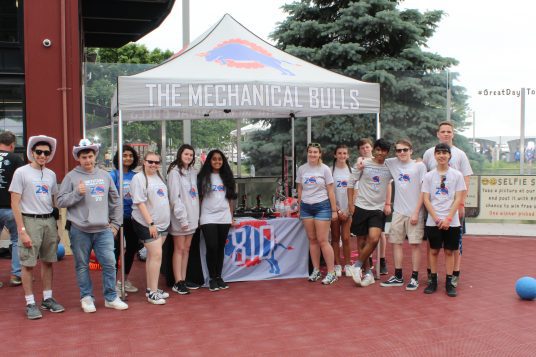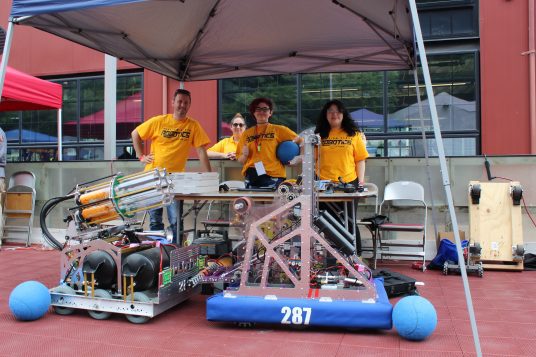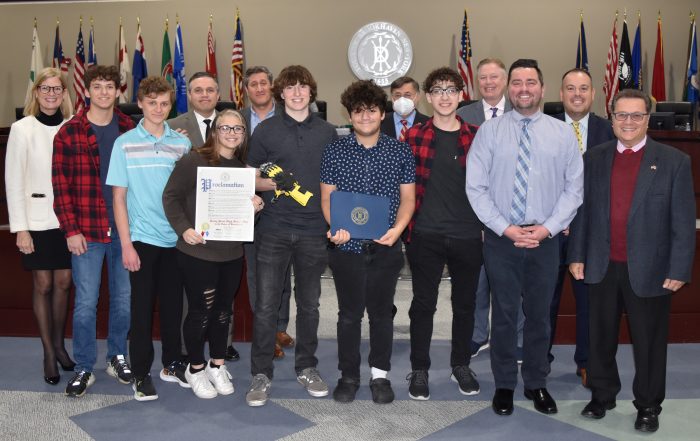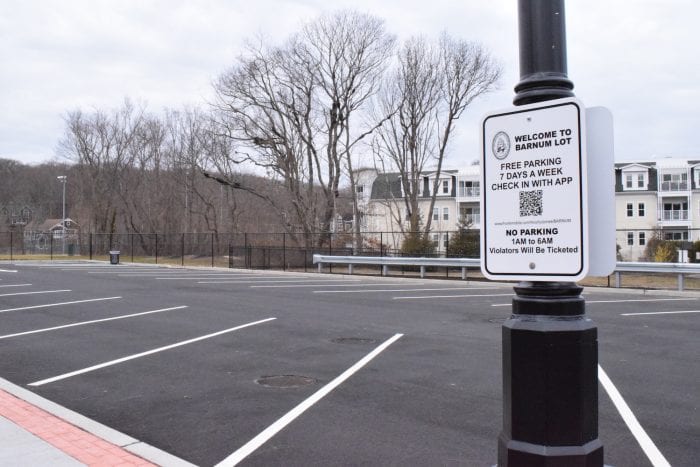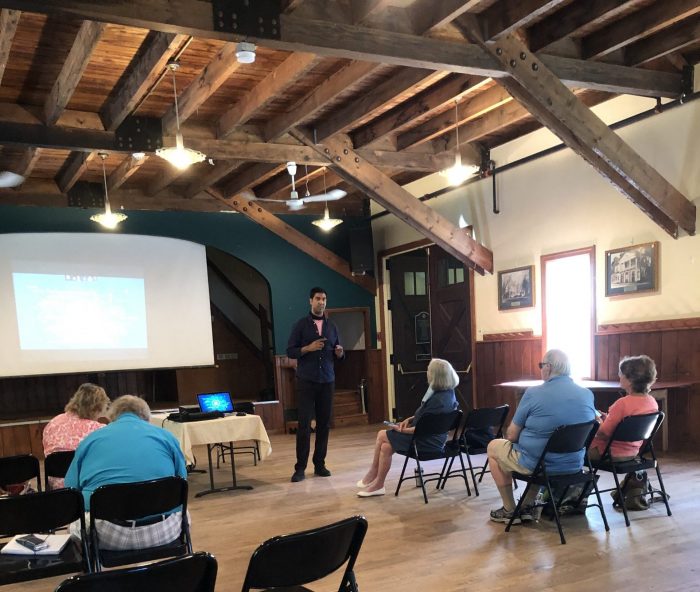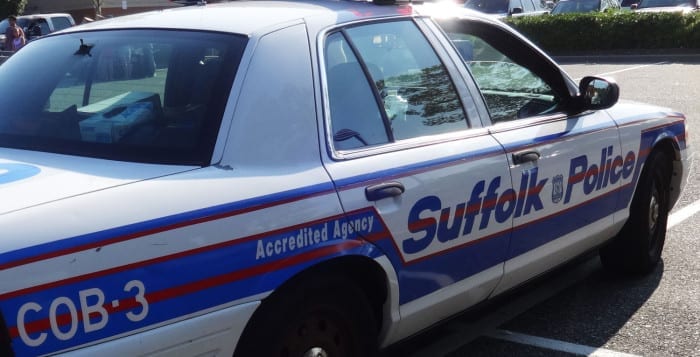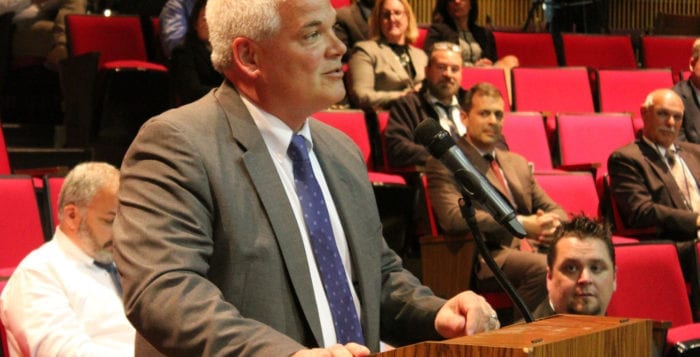Technology revolutionizes emergency preparedness
By Emma Gutmann
On Dec. 29, Steve Bellone (D) capped off his 12-year run as Suffolk County executive with an announcement about the advent of a technology that promises to revolutionize emergency preparedness and response across the county.
Through Tableau — a data visualization and business intelligence tool — several dashboards with unique specialties were launched simultaneously. The Fleet Management Dashboard, Emergency Operations Dashboard and Snow Fleet Readiness Dashboard will work together to provide immediate and comprehensive data to the county’s Department of Public Works and the Department of Fire, Rescue and Emergency Services.
Rather than muddling through manual data entry and slow-moving communication, DPW and FRES staff will now have a constant stream of accurate statistics at their fingertips. This operational efficiency will not only save valuable time during emergencies but also boost cost savings and informed decision-making.
The Fleet Management Dashboard will be an asset to several departments from Public Works to Highway & Grounds Maintenance for its insights into vehicle readiness, maintenance schedules and the operational status of the county fleet. With a countywide view of fleet activity, management can monitor trends over time and optimize operations.
Increased access to fleet availability through the Emergency Operations Dashboard will allow the Emergency Operation Center staff at FRES to view fleet readiness during urgent situations. The dashboard aims to enhance resource allocation and, thus, response efficiency for daily operations as well as Office of Emergency Management activation.
According to an infographic from New York State Division of Homeland Security and Emergency Services, the OEM activates the State Emergency Operations Center “based upon the scope and magnitude of an incident, and the level of capability needed to effectively respond to the event.” There are four levels of activation that can be called if state-level monitoring or response is required: Enhanced Monitoring, Partial Activation, Full Activation and Full State/Federal Response. The Emergency Operations Dashboard is designed to bring about the quickest and most efficient response in these statewide matters and local matters alike.
Amid winter months, county personnel will benefit from the Snow Fleet Readiness Dashboard as well. This trailblazing technology is slated to save fleet staff approximately four hours per week by streamlining winter readiness reporting.
“In snow or other major weather events, we are able to see the in-service fleet status — fuel and salt levels — in real time,” FRES Commissioner Patrick Beckley said. “We can direct plows to areas in need and we can verify that roads have been plowed when in question.”
Since their launch less than a month ago, the dashboards have already proven valuable to the Department of Fire, Rescue and Emergency Services and Department of Public Works.
“During the recent trench rescue in St. James, we were able to quickly identify the closest vacuum truck in the sanitation fleet and contact that division supervisor quickly,” FRES Commissioner Beckley said. “We are looking forward to the development and buildout of other fleet related dashboards.”
“Before the launch of the dashboards, our reporting process was manual, time-consuming, and reliant on multiple channels of communication such as emails, texts and calls, as well as various excel spreadsheets,” DPW Deputy Commissioner Leslie Mitchel said. “While we had the capability to generate reports, the process involved coordination between various DPW divisions and extensive manual data entry, consuming valuable time and carrying the risk of data inconsistencies due to basic human error and less user-friendly reporting tools previously utilized.”
Department heads are pleased with the new additions’ efficiency and are optimistic about the future of fleet and emergency management. The dashboard’s comprehensive view of previously scattered data, which is refreshed nightly, allows the workforce to focus more on strategic planning than tedious data entry.
With this innovative update to emergency procedure, Suffolk County is moving toward more data-driven decision-making for the convenience and safety of the public and personnel. It is the hope of the government that more dashboards will be added to this series to save time and provide guidance in other specialized areas.

